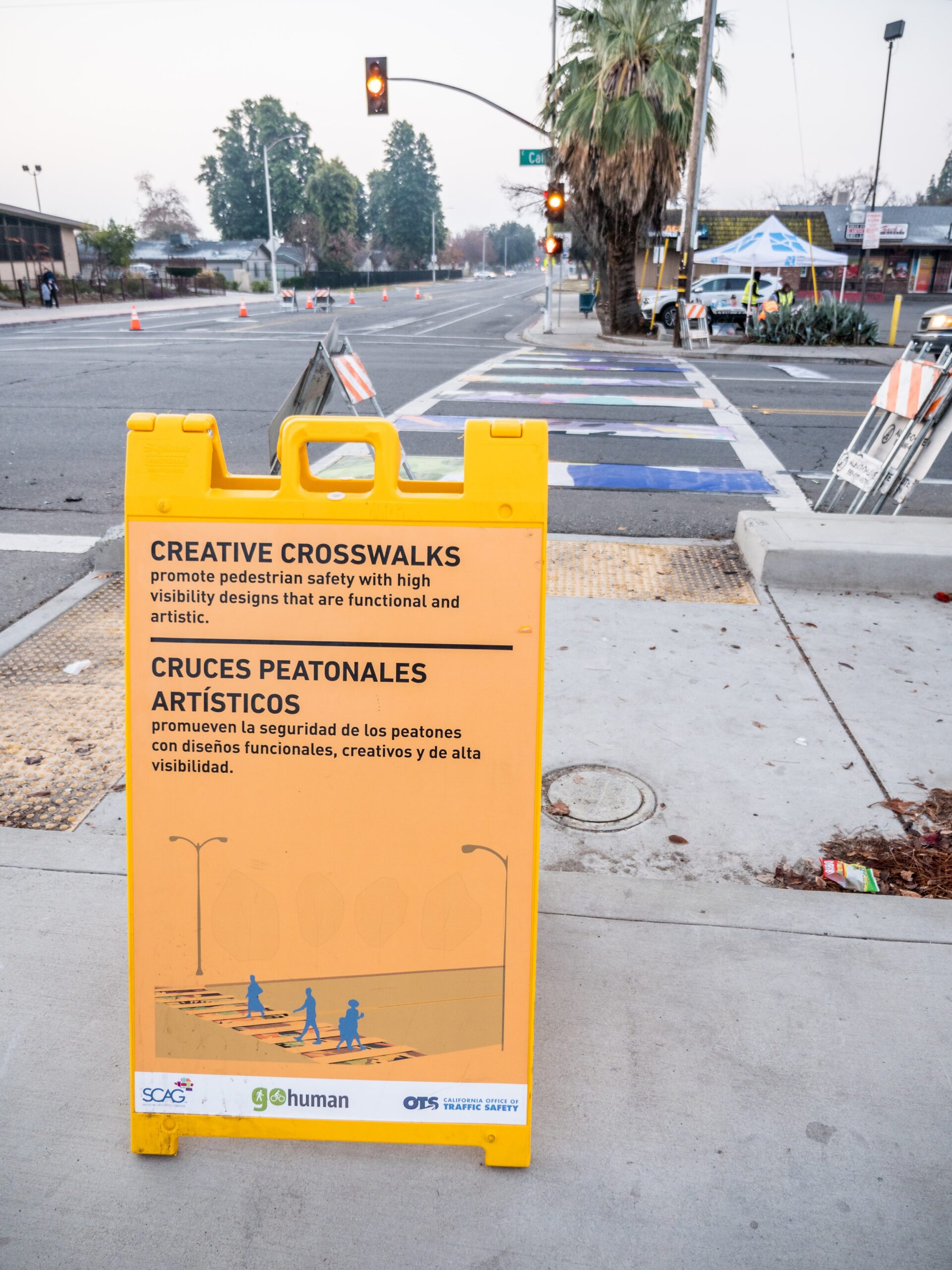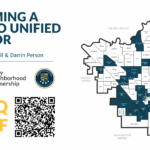When trying to get from point A to point B in a safe and speedy fashion, yet finding yourself at a standstill, whether because of a train and/or an overly long red light, this can be quite an inconvenience. Or, could the perceived disruption en route be an opportunity? Unfortunately, in Southwest Fresno, for those who live, work, play, and find themselves more often than not in Southwest Fresno, the disruptions have been evident for far too long.
In light of ENP actively seeking to establish and deepen existing relationships with residents in the 93706 zip code, those most impacted by the lack of streetscape development, we were able to respond to the call for the needed infrastructure improvements.
On July 20, 2021, ENP partnered with Southwest Residents, Fresno Housing, and Fresno County Department of Public Health for a virtual tour led by Cal Berkeley CalWalks of three street segments in Southwest Fresno: A street, California Ave, and Church Ave. Residents were able to share firsthand areas that were missing, in their entirety, basic infrastructure and absolutely in need of infrastructure implementation. The end goal is to establish safe, just, and inclusive streets and public spaces. In the end, the virtual audit was a success! CalWalks was able to provide an extensive report which included an overall project summary and recommendations.
With an established team set in place, ENP will continue working with residents in moving our findings from ideas to tangible and positive changes in Southwest Fresno. Some of those potential projects are as follows:
- Affordable Transit Ride Program
- The Project Team recommends that the City of Fresno continue to provide affordable transit options to the community of West Fresno by either sustaining the current program of free transit rides, expanding senior citizen assistance programs to be more inclusive of other demographics, or increasing the age limit for paying riders. As part of its COVID-19 relief, the City of Fresno mandated free transit rides for residents. Participants shared during the training that this temporary relief improved affordability of transit and made necessary travel to grocery stores or parks more accessible. Further, participants expressed that multi-modal transportation is very common in the community.
- Walking School Buses or Bike Trains
- Slow Streets Programs








